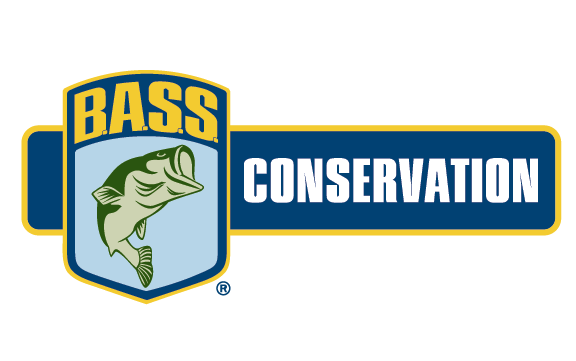
LEESBURG, Fla. – Amid a chorus of criticism, resource managers sprayed 2,247 acres of hydrilla on Lake Harris in April.
Admittedly, anglers have reason to like the invasive plant. It concentrates fish and creates fishable edges – at least in the beginning.
“Yes, it creates novel habitat, and fishermen love that,” said Matt Phillips, a B.A.S.S. member who heads aquatic plant management for the Florida Fish and Wildlife Conservation Commission (FWC).
“But in our shallow lakes, it moves farther and farther out and eventually becomes unusable. In one or two growing seasons, it can completely take over. Once hydrilla gets into a system in Florida you have to manage it, and you always will have to manage it.”
Some followers of Save Florida’s Lakes and Waterways, however, don’t seem to understand that. For example, one said, “Harris is getting hammered . . . What did our lakes look like before man felt the need to maintain?”
His implication is that the only factor that has changed since people settled in Florida is that FWC uses herbicide to control aquatic vegetation. But hydrilla is an exotic plant, introduced into Florida waters during the 1950s by the aquarium trade. In addition, natural flow through the Harris and other Florida chains has been altered and slowed to allow for shoreline development. And runoff from that development pours nutrients into the lakes, fueling growth of the canopy-producing exotic that crowds out native plants when left untreated.
“In nutrient rich lakes with runoff, hydrilla can quickly grow from an acre to 10 or 20 in just a few months,” Phillips said.
Other critics believe herbicides never should be used and either don’t understand or choose to ignore the complex problems hydrilla causes. One said, “Hydrilla is not such a bad plant and it cleans the water … A good alternative to spraying poison in water would be harvesting machines cutting holes and trails through hydrilla.”
In limited circumstances, mechanical harvesting in a viable option. But in a lake such as Harris, which is nearly 14,000 acres, it is impractical. Additionally, the plant spreads by fragmentation.
“Regrowth of cut vegetation can occur quickly,” added the Aquatic Ecosystem Restoration Foundation. “For example, if hydrilla can grow 1 inch per day, a harvest that cuts 5 feet deep could result in plants reaching the water surface again only two months after harvesting.”
By contrast, herbicides typically knock back the plant for a much longer time. This recent treatment on Lake Harris was the largest since 2012, when 3,329 acres of hydrilla were sprayed. In 2014, application was confined to just 59 acres.
Why such disparity? Many factors affect the spread and speed of growth, including severity of winter temperatures.
“In the winter, coots can have a big impact,” Phillips said. “They tear (hydrilla) up and can prevent it from fast growth. A low or high population (from one year to the next) plays a factor.”
As far as the need for management, Lake Harris’ infestation “is right up there in the top five,” he added. “Kissimmee probably is first.
“We’ve even had fishermen on the Kissimmee Chain tell us that they want treatment to clear the spawning beds. Duck hunters seem to like hydrilla the best.”
On Harris, Phillips explained, many waterfront property owns want hydrilla controlled to maintain access and allow for navigation.
“Trying to make everyone happy is an impossible task,” he said, adding that perceived reality following an application is often based more on expectation than reality.
But it’s attempted, nevertheless, through the public outreach component of the aquatic plant management program. That includes public meetings, especially for large public waters, as well as posting work plans for the year at myfwc.com. FWC Also sends press releases to media outlets to alert the public of upcoming applications.
Hydrilla typically is treated is in late winter and early spring, while floating plants are managed year around because in Florida’s nutrient-rich waters they can double in weight in 7 to 10 days.
“We want to meet stakeholder needs and not impact native habitats,” said Phillips, a long-time bass fisherman. “And we also recognize hydrilla’s benefits.”
Plants are sprayed by a mixture of government and private operators all of whom must be certified by the state Department of Agriculture. And Phillips insists that “dumping” of excess herbicide is myth, not reality.
“Herbicides are provided by us, or they (applicators) are reimbursed,” he said. “The profit is in their time on the water. We want them out there on the water, hunting and pecking, looking for small concentrations.
“Applicators are accused of not caring,” he continued. “But they live in the community. They love the outdoors too.”
FWC receives “lots of questions” about how aquatic plants are managed, Phillips said. “And we have the conspiracy guys who think that we’re treating at night.
“We try to be as transparent as possible. But maybe we could do a better job of communicating what we do. “





